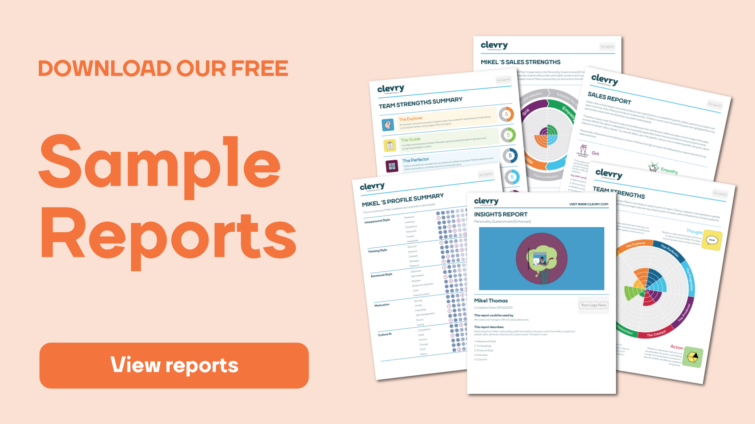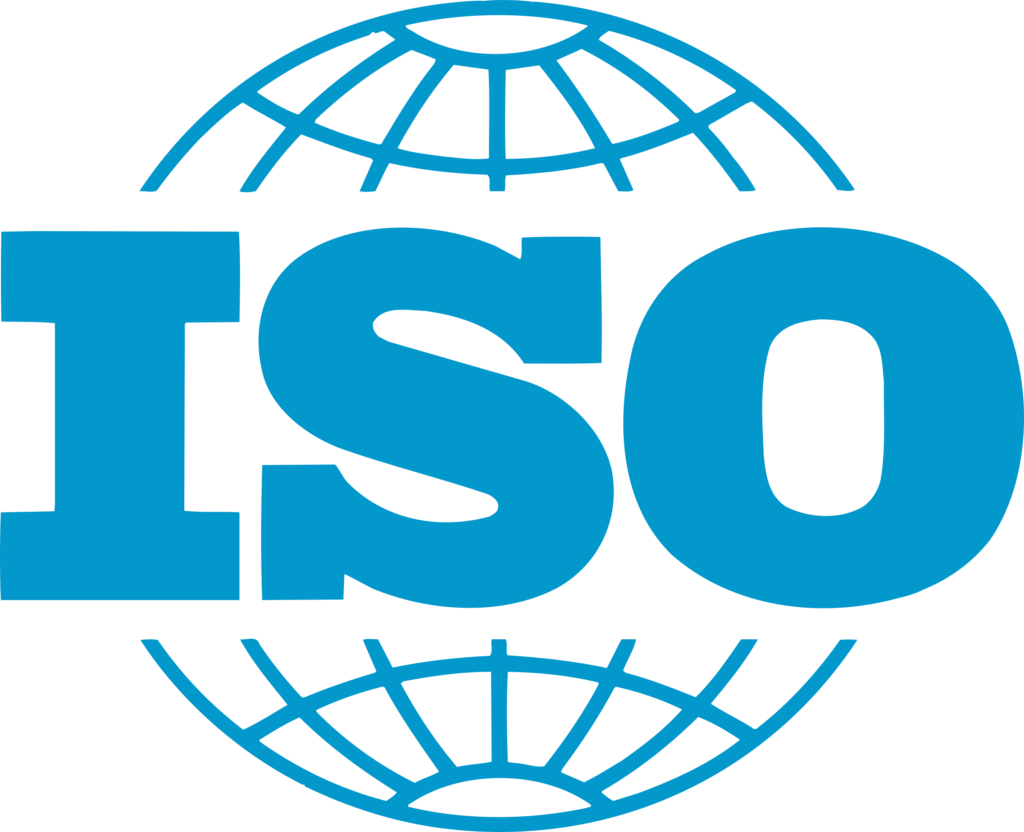Recruiting and hiring the right candidates is a critical aspect of any organisation’s success. To maximise the return on investment (ROI) in your recruitment process, it is important to use strategies that ensure the selection of candidates who not only possess the necessary hard skills and experience, but also demonstrate the right soft skills to be able to succeed in the role. One valuable tool for assessing a candidate’s skills is psychometric assessments.

In this article, we will explore the benefits of incorporating psychometric assessments into your hiring process and how they can contribute to a higher ROI along with some other key tips and tricks to help you get more from your recruitment processes.
Assessing candidates for better cultural fit and reduced turnover:
Use of a psychometric test platform provides recruiters with deeper insights on an individual’s personality, motivational drivers and workplace behaviours. Incorporating these assessments into the recruitment process allows organisations to better gauge a candidates’ suitability not only for the role but also for the prevailing workplace culture.
This provides recruiters with better matches and helps to reduce the overall risk of a ‘bad hire’.
Research studies have substantiated the value of this approach, revealing that companies that prioritise candidate fit through psychometric assessments experience reduced staff turnover rates in comparison to those relying exclusively on traditional hiring techniques. By gaining a more comprehensive understanding of a candidate’s fit within the organisation, employers can mitigate the substantial costs and disruptions associated with high turnover, promoting a more stable and productive workforce.
Making recruitment process more efficient:
Efficiency is the cornerstone of a successful recruitment process, yielding significant time and cost savings. A strategic incorporation of psychometric assessments empowers recruiters to elevate the quality of their candidate selection, bypassing superfluous steps within the often protracted hiring journey.
By integrating these assessments at an early stage, companies can quickly pinpoint individuals possessing the necessary skills that are deemed essential for their specific roles. The result is a more streamlined and cost-effective recruitment process, with reduced costs, less time spent on advertising roles, and fewer rounds of interviews.
Use an ATS (applicant tracking software):
An ATS (applicant tracking system) is a software tool designed to streamline and simplify the recruitment process. It automates the collection and organisation of applicant information, making it easier for recruiters to manage a high volume of applications. ATS software allows for the quick screening of resumes, the tracking of candidate progress, and the efficient communication between hiring teams. By implementing an ATS, organisations can significantly reduce the time spent on administrative tasks, enabling recruiters to focus on more strategic aspects of the hiring process.
Structured interviews:
Structured interviews involve a predetermined set of questions asked to all candidates for a specific position. This standardised approach ensures that each candidate is evaluated on the same criteria, minimising bias and subjectivity in the hiring process. Structured interviews enable recruiters to make more accurate and consistent assessments of candidates’ qualifications, leading to better hiring decisions and reducing the likelihood of costly mis-hires.
Tailored interview questions based on skills and traits:
Crafting interview questions that are tailored to the specific skills and personality traits required for a role is a powerful way to gauge a candidate’s suitability. By aligning questions with the job’s demands, recruiters can delve deeper into a candidate’s qualifications and cultural fit. This approach not only enhances the quality of candidate assessments but also accelerates the decision-making process by focusing on the most critical aspects of the role.
Better candidate sourcing:
Improving your candidate sourcing involves building a decent pipeline of potential candidates, sometimes referred to as a talent marketplace or talent pool. These pools consist of pre-screened and qualified individuals who are readily available for recruitment when needed. This approach reduces the time and effort required to identify and attract suitable candidates when a job opening arises. It’s akin to having a talent reservoir that organisations can tap into, minimising the time-to-fill vacancies and, subsequently, reducing the costs associated with extended job openings.
Create an environment that supports performance:
Creating an environment that nurtures employee performance is crucial for boosting productivity and achieving better business outcomes. When employees perceive a strong alignment between their personal attributes and the role’s requirements, they are more likely to be motivated, engaged, and highly productive. The incorporation of psychometric assessments in the hiring process plays a pivotal role in this endeavour, as it aids in identifying candidates who not only possess the requisite skills but also align well with the organisational culture.
Encourage innovation:
Nurturing a culture of innovation can be a catalyst for enhanced performance. Encouraging employees to test new ideas and embrace calculated risks fosters a dynamic work environment. Innovation not only leads to improved products and processes but also keeps employees engaged and motivated. It’s a powerful strategy to harness the creativity and problem-solving abilities of your workforce, ultimately driving business growth.
Hiring for cultural fit:
Hiring individuals who align with the organisation’s culture can be key in having a cohesive and high-performing team. When employees resonate with the company’s values, mission, and vision, they are more likely to exhibit strong commitment and dedication to their work. This alignment contributes to better collaboration, reduced turnover, and higher job satisfaction, all of which have a positive impact on overall performance.
Allow room for trial and error:
Allowing employees the freedom to test new ideas and learn from failures can be a powerful driver of innovation and growth. When employees are not afraid of making mistakes, they are more likely to take risks and explore new opportunities. This culture of experimentation can lead to breakthroughs, process improvements, and a more dynamic and responsive organisation.
The bottom line:
By creating an environment that encourages performance through these strategies, organisations can experience heightened motivation, engagement, and productivity among their employees. In turn, this can lead to more efficient project completion, better business outcomes, and potential cost savings by reducing the need for additional hires when existing staff are operating at their peak performance levels.
Incorporating psychometric assessments into the hiring process can significantly improve the ROI of recruiting efforts. By assessing soft skills, organisations can ensure a better fit between candidates and the company culture, reduce turnover, lower recruitment costs, and increase overall productivity. The data consistently supports the benefits of using psychometric assessments in hiring, making them an invaluable tool for organisations looking to optimise their recruitment processes and achieve long-term success.
Contact us at Clevry today to learn more about how our psychometric tests measure personal characteristics and meet your specific needs.



